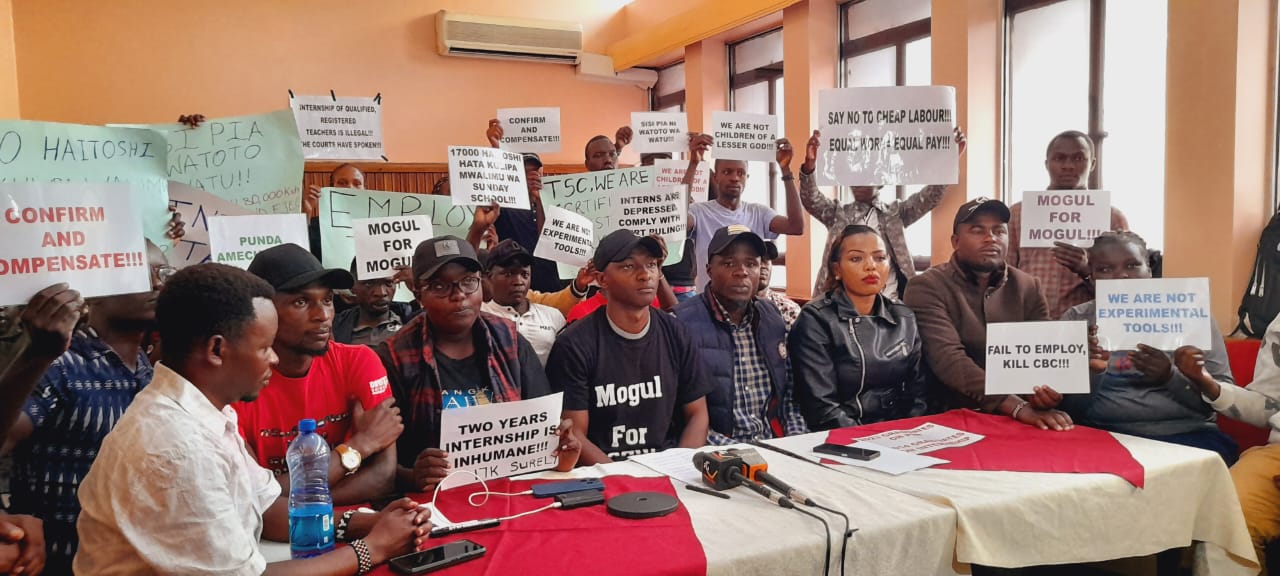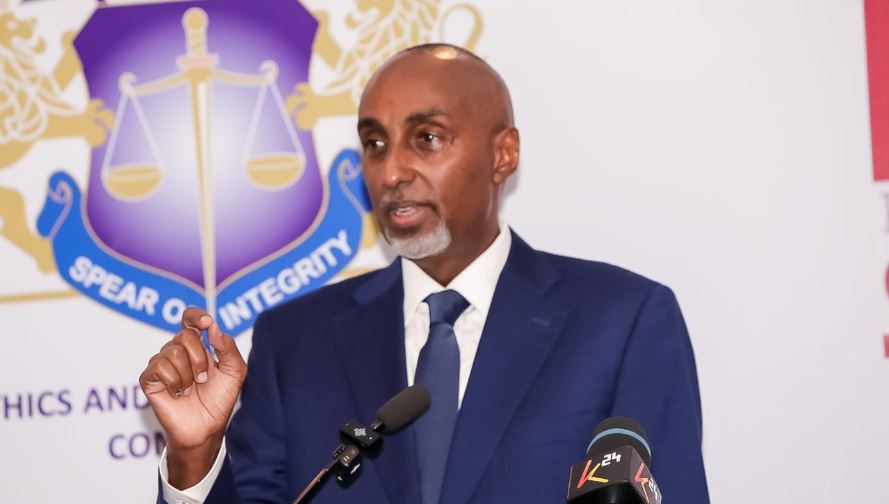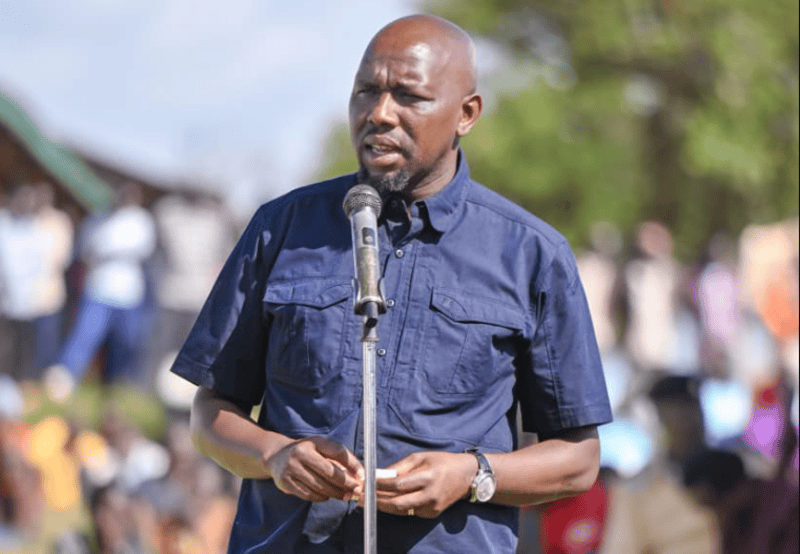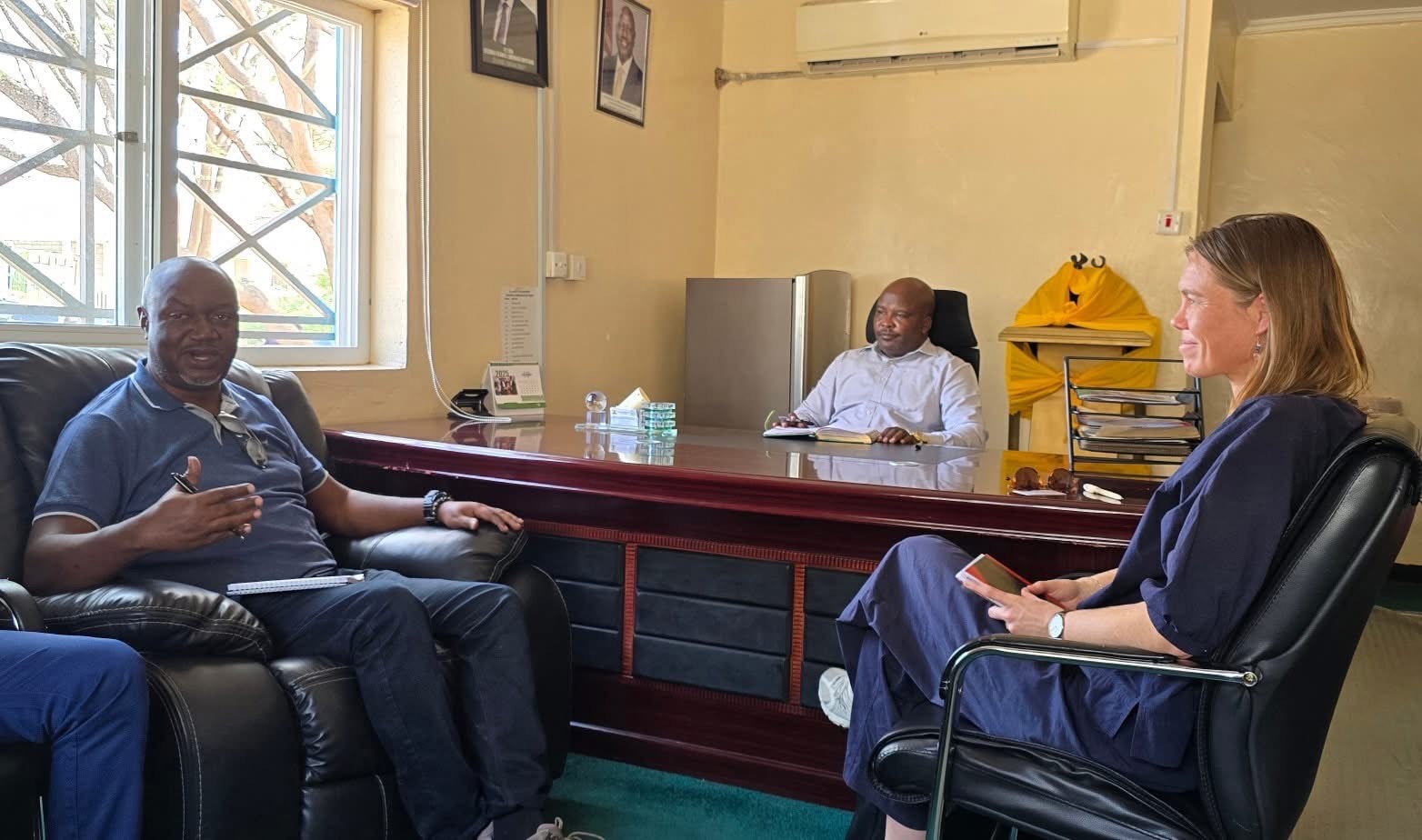What benchmark US Fed rate cut means for Kenya's economy and consumers
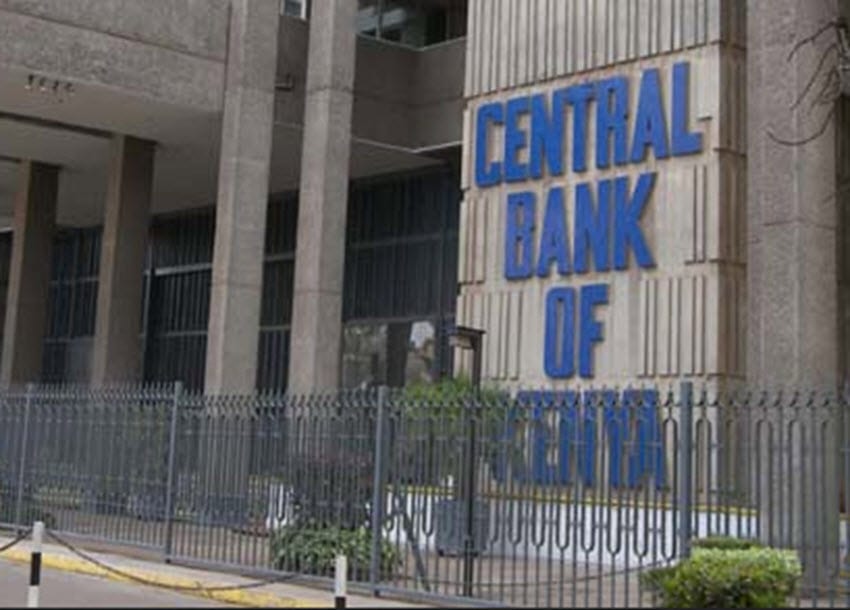
Apex banks globally use the interest rates as either a gas pedal or a brake on the economy when needed.
The United States' central banking system, the Federal Reserve, has enacted its first interest rate cut since 2020, to head off a slowdown in the labour market.
Consequently, this could see Kenya ease its base lending rate in the coming review, barely a month away, mirroring the Fed's direction, it being the global benchmark for financial control.
More To Read
- CS Mbadi tables new banking rules targeting non-compliance, unethical practices
- Kenya’s exports to EAC partners grow as diaspora sends Sh1 trillion home
- CBK targets Sh40 billion in new Treasury bond auction
- Diaspora remittances from Saudi Arabia fall to four-year low after new work permit rules
- Businesses project job growth, stronger sales as festive season draws near
- Construction sector seen as Kenya’s weakest job creator in 2025, CBK survey shows
In a post-meeting statement on Wednesday, the reserve noted that the benchmark rates have been sliced by half a percentage point, or by 50 basis points, to a range between 4.75 per cent to 5 per cent.
This is from the previous record high range of between 5.25 per cent to 5.50 per cent.
While the rate sets short-term borrowing costs for banks, it spills over into multiple consumer products such as mortgages, auto loans and credit cards.
The decision by the central bank's Federal Open Market Committee is pegged on the softening of both the jobs picture and inflation in the US economy.
While the rate sets short-term borrowing costs for banks, it spills over into multiple consumer products such as mortgages, auto loans and credit cards.
In addition to this reduction, the committee indicated through its "dot plot" the equivalent of 50 more basis points of cuts by the end of the year.
The dot plot tells the public what the Fed anticipates doing with the Fed funds rate in the coming reviews.
The matrix of individual officials' expectations pointed to another full percentage point in cuts by the end of 2025 and a half point in 2026.
In all, the dot plot shows the benchmark rate coming down about two percentage points beyond Wednesday's move.
"The Committee has gained greater confidence that inflation is moving sustainably toward two per cent, and judges that the risks to achieving its employment and inflation goals are roughly in balance," the post-meeting statement said.
Kenya's context
Usually, when the US cuts the benchmark interest rates, other economies globally more than often bend towards the same direction when revising their country-specific base lending rates.
For instance, the Central Bank of Kenya through its Monetary Policy Committee, often benchmarks for the direction of the Central Bank Rate (CBR) with the US Fed rate.
Experts explain that the US dollar is used in over 70 per cent of global trade, making any monetary changes that impact its value a significant concern for other economies especially for developing nations that rely on imports traded in dollars.
When the Federal Reserve imposes stringent monetary policy, increasing the Fed Rate, it's mainly to tame inflation which then means the cost of credit goes up.
The Fed raised interest rates sharply starting in 2022, aiming to cool the economy and stabilise prices when inflation hit a record high of 9 per cent.
Ideally, the fed rate hike reduces dollar supply in the market, making the currency stronger when trading against local currencies such as the Kenyan Shilling.
When the Kenyan shilling tumbles against the greenback, it means importers in the country will be incurring extra costs to buy the scarce dollars for imports, hence costlier commodities that eventually trigger inflation to rise.
To curb this, the CBK adjusts the base lending rate upwards, similarly matching the US Fed Rate direction, in fighting inflation.
The vice versa of the aforementioned is true. When inflation levels begin moving towards the statutory target in both economies, the governing bodies would then enact interest cuts to give the economy some breathing space, enhancing the money supply as the cost of credit eases.
Apex banks globally use the interest rates as either a gas pedal or a brake on the economy when needed.
They set the short-term borrowing rate for commercial banks, and the banks pass it along to consumers and businesses.
With inflation running high, they can raise interest rates and use that to pump the brakes on the economy to get inflation under control.
The rates dictate how much interest banks pay to borrow money, and influence rates for all kinds of borrowing including mortgages, car loans, credit cards, and business loans.
CBK in August lowered the benchmark Central Bank Rate to 12.75 per cent from the decade-high of 13 per cent in anticipation that the Federal Reserve would slash the Fed Rate this month.
The cut is a 25 basis points slash, and the first one in four years, as the previous slash was last witnessed in March 2020, similar to the trend with the Fed Rate.
Kenya's overall inflation declined to 4.3 per cent in July 2024 from 4.6 per cent in June, thereby remaining below the mid-point of the target range.
However, the monthly measure of the cost of living increased marginally in August to 4.4 per cent.
Going forward, the Federal Reserve indicates the prospects of further cuts in the coming reviews, and this could also be pointing towards further cuts in the base lending rate by the CBK.
The next Monetary Policy Committee meeting will take place on October 8.
Top Stories Today
Reader Comments
Trending

